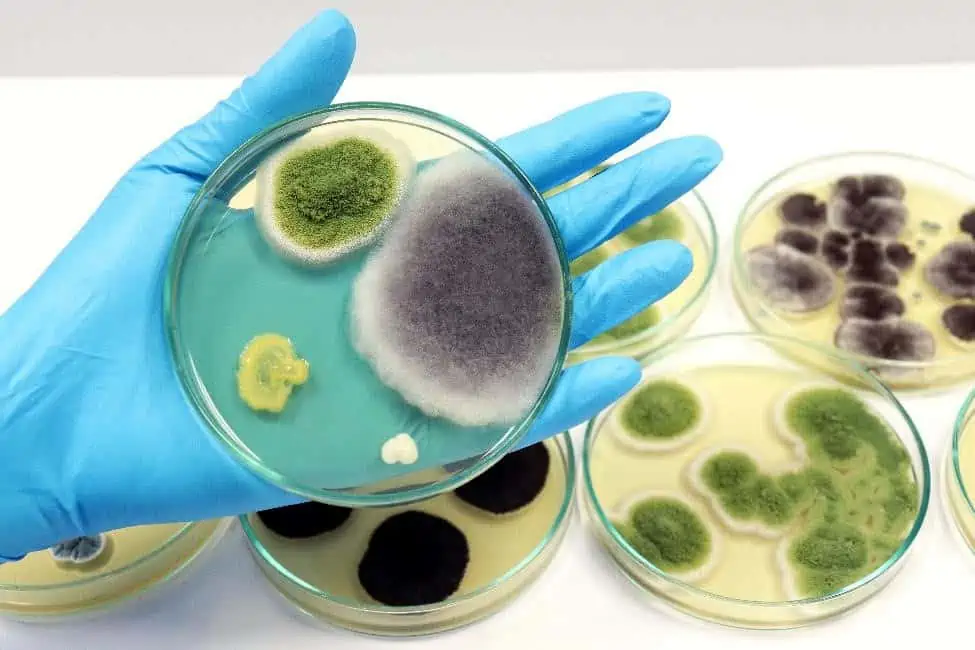Mold needs moisture to form and spread. By controlling excess moisture and providing ventilation, you can effectively prevent mold growth in your home. Implementing proper hygiene practices that reduce mold breeding grounds is key to avoiding health threats caused by hazardous mold exposure.
Control Moisture Sources.
Fix any leaky faucets, showerheads or pipes and seal or waterproof areas where water commonly collects like basements, bathrooms, laundries, etc. Clean up spills immediately and run an exhaust fan when cooking or bathing. Control humidity levels, especially in basements and crawl spaces, to below 50% relative humidity. High RH feeds mold growth.
Improve Air Flow and Filtration.
Use exhaust fans or open windows after bathing, cleaning and cooking to reduce indoor moisture. Consider an HVAC system or dehumidifier if needed. Air filters capture and remove mold spores and other particles from the air, preventing them from propagating on indoor surfaces. Change filters often based on usage and frequency of operation.
Reduce Porosity or Discard Moldy Materials.
Highly porous materials like ceiling tiles, cardboard, paper, fabric and wood readily allow mold growth and spread. Reduce potential mold pits by cleaning or discarding moldy objects. For others, treat with a disinfecting stain or primer before storing to inhibit new mold production.

Inspect and Clean Moldy Surfaces.
Use a disinfecting cleaner or bleach alternative (no more than 1 cup bleach per gallon of water) to clean all visible mold off of surfaces. Scrub mold off of surfaces before drying completely. Repair any leaks or spills that could have led to previous mold issues to avoid recurrence.
Consider Routine Mold Testing.
Even with good prevention practices, mold may already be present in the air vents, behind walls or within ceiling cavities where it is not visible. Air testing or swabbing suspicious areas helps determine if professional mold removal is needed. Mold remediation professionals can properly contain, remove and dispose of hazardous mold when detected.
Finally,Prevention of new mold growth in your home begins by controlling excess moisture through source removal, ventilation improvement, reduced porosity of materials and surface cleaning/testing. While an ounce of prevention is worth a pound of cure, mold remediation can also prove necessary in some situations. With diligent prevention habits, however, you can avoid significant mold issues in your home or workplace and ensure a healthy indoor environment. Prevention of mold is easy, effective and worth the effort. Stick to good practices and get testing done if in doubt.

